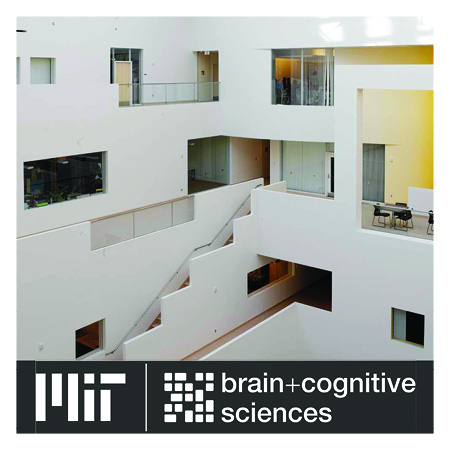
Cog Lunch: Eric Martinez "Communicative (in)efficiency of legal language" & Hope Kean "The (relatively short) temporal receptive window of the language-selective network"
Description
Eric Martinez (TedLab & SaxeLab)
Title: Communicative (in)efficiency of legal language
Abstract; There is a burgeoning psycholinguistics literature documenting the various ways in which efficiency shapes human language. One domain where said efficiency is not so readily apparent is in the legal system, as the language in contracts, statutes, and other legal documents is notoriously impenetrable to a typical lay person. Why? Here, we conducted a large-scale corpus analysis which revealed that legal documents contain startlingly high proportions of features associated with psycholinguistic complexity--including low-frequency jargon, center-embedded clauses (leading to long-distance syntactic dependencies), passive voice structures, and non-standard capitalization--relative to nine other baseline genres of written and spoken English. An experiment further revealed that excerpts containing these features were recalled and comprehended at lower rates than excerpts without these features, even for experienced readers, and that center-embedded clauses inhibited recall of legal content more-so than other features. These findings confirm long-standing anecdotal accounts of the processing difficulty of legal texts, and suggest said processing difficulty results largely from working-memory limitations imposed by long-distance syntactic dependencies as opposed to a mere lack of specialized legal knowledge. Our findings also undermine the specialized concepts account of legal theory, according to which legal doctrine is necessarily built upon expert knowledge of technical concepts, and suggest that editing out psycholinguistically complex features of legal texts may be tractable and beneficial for society at-large.
Hope Kean (Evlab)
Title: The (relatively short) temporal receptive window of the language-selective network
Abstract: A network of frontal and temporal areas in the left hemisphere selectively supports language comprehension and production. However, the precise computations that this ‘language network’ supports remain debated. One constraint on the computations of a brain area or network has to do with the size of its so-called ‘temporal receptive, or integration, window’ or ‘TRW’. A TRW is a temporal analog of spatial receptive fields and refers to the length of preceding context that affects the processing of the current stimulus. Past work has shown that the TRW of the language network appears to be somewhere between a single word and a sentence (e.g., Lerner et al., 2011; Blank & Fedorenko, 2020). In my work, I aim to more precisely characterize the TRW of the language network as well as examine its cross-linguistic generality. Using a paradigm developed by Pallier et al. (2011)—where participants are presented with fixed-length (in number of words) sequences varying in their internal composition and the strength of the neural response is then examined—I probed the responses of the language network to a range of TRWs, from 1 word to 12 words. For example, in one manipulation, participants were presented with sequences of 24 words, and these sequences were either made up of 24 unconnected words, 12 two-word chunks, 8 three-word chunks, 6 four-word chunks, 4 six-word chunks, 3 eight-word chunks, or 2 twelve-word chunks. And the question is: at which chunk size does the response magnitude asymptote. In other words, if the language network is not tracking contexts longer than 3 words, then the response should increase from a sequence made up of 24 unconnected words to a sequence made up of 8 three-word chunks but show no further increases with larger chunk size. So far, I have collected data from native speakers of English and found that the temporal receptive window appears to be somewhere between 6 and 10 words. Data collection from five other, typologically diverse languages (Russian, Finnish, Arabic, Mandarin, and Turkish) is in progress. I will conclude by outlining several hypotheses for why the language network may have a particular TRW, to also be tested in future work.

